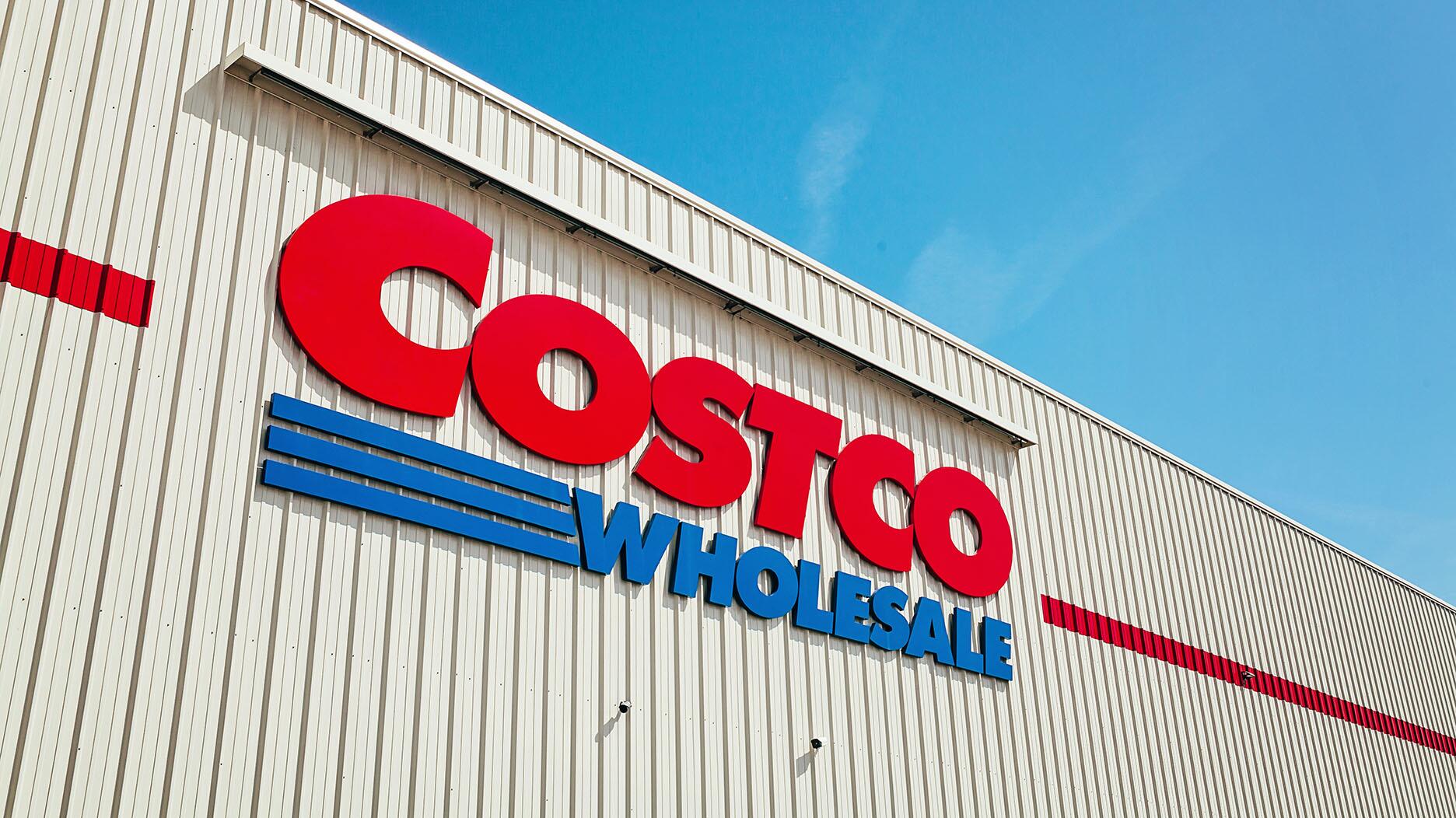Carlos Jose Hernandez and Joshua Zuazo were sentenced to life without the possibility of parole in the 2024 murder of Hussein “Sam” Murray.
EPA deals another blow to Alaska mine plan
The EPA said that constructing a copper and gold mine at the headwaters of Bristol Bay would produce enough waste to fill at least 880 football stadiums and have “unacceptable” adverse impacts on the ecosystem.

Washington--The U.S. Environmental Protection Agency said that constructing a huge open-pit mine at the headwaters of Alaska’s Bristol Bay would produce enough waste to fill at least 880 football stadiums and have “unacceptable” adverse impacts on the eco-system.
The administrator for Seattle-based Region 10 of the EPA made these statements in a Proposed Determination on the Pebble mine that came out Friday. The agency published the report following its decision in February to invoke its authority under the Clean Water Act, or CWA, to take a closer look at the project, which would be North America’s largest open-pit copper and gold mine.
RELATED CONTENT: Pebble mine plans on hold after EPA action
Invoked only 13 times in its 42-year history, the CWA allows the EPA to prohibit, restrict or flat-out deny the use of any defined area in U.S. waters as a disposal site if it determines that the discharge of material into those waters would harm fishery areas.
In its determination, the EPA regional administrator said construction of a mine at the headwaters of Bristol Bay would result in loss of streams, wetlands, lakes and ponds and/or result in streamflow alterations. The administrator proposed the EPA “restrict the discharge of dredged or fill material related to mining the Pebble deposit into the waters of the U.S.”
Bonnie Gestring of environmental group Earthworks, who has been working to stop the Pebble project for a decade, said while the EPA’s determination on dumping in the case won’t block construction of the mine entirely, it is hard to conceive how the mine could operate with these type of disposal restrictions in place.
Northern Dynasty Minerals, the sole company still seeking to develop the Pebble mine, has a federal lawsuit pending that seeks to halt the EPA’s use of the CWA in the case, claiming the agency overstepped its authority by enacting the CWA to examine Pebble.
In a statement released Friday, Pebble Partnership CEO Tom Collier said they fully intend to continue their litigation against the EPA in order to "halt the preemptive and unprecedented regulatory process ... and invalidate the conditions proposed by EPA Region 10."
Pebble Partnership is owned by Northern Dynasty.
RELATED CONTENT: BJ’s signs Pebble pledge, mine remains in limbo
Meanwhile, mine opponents, which include more than 100 jewelers and retailers who sell fine jewelry, said the EPA’s ruling was yet another victory for their side.
The next step in the CWA process is for the regional EPA to solicit and review public comments, which it is doing now through Sept. 19 on its website, and develop a final determination on limiting waste disposal from the mine, which it will then take to EPA headquarters in Washington.
After another consultation with the U.S. Army Corps of Engineers, an EPA official in Washington will make the final call on any prohibitions or restrictions on mining the Pebble deposit.
The Latest

The New Orleans jeweler is also hosting pop-up jewelry boutiques in New York City and Dallas.

Set in a Tiffany & Co. necklace, it sold for $4.2 million, the highest price and price per carat paid for a Paraíba tourmaline at auction.

How Jewelers of America’s 20 Under 40 are leading to ensure a brighter future for the jewelry industry.

The jeweler’s “Deep Freeze” display showcases its iconic jewelry designs frozen in a vintage icebox.


Take luxury gifting to new heights this holiday season with the jeweler’s showstopping 12-carat sphene ring.

This year's theme is “Unveiling the Depths of the Ocean.”

Roseco’s 704-page catalog showcases new lab-grown diamonds, findings, tools & more—available in print or interactive digital editions.

In its annual report, Pinterest noted an increase in searches for brooches, heirloom jewelry, and ‘80s luxury.

Starting Jan. 1, customers can request the service for opal, peridot, and demantoid garnet.

The 111-year-old retailer celebrated the opening of its new location in Salem, New Hampshire, which is its third store in the state.

The new catalog features its most popular chains as well as new styles.

The filmmaker’s personal F.P. Journe “FFC” prototype was the star of Phillips’ recent record-setting watch auction in New York.

The new location in the Design District pays homage to Miami’s Art Deco heritage and its connection to the ocean.

Inflations, tariffs, and politics—including the government shutdown—were among consumers’ top concerns last month.

“Longtime favorite” presenters, as well as first-time speakers, will lead talks and workshops at the annual event in Tucson next year.

Silas Smith of Meridian Metalworks won the challenge with his pendant that blends Australian and American landscapes.

The sale of the 31.68-carat, sunset-hued stone was part of Sotheby’s first series of events and auctions in Abu Dhabi.

Most customers who walk into your store this month have made up their minds. Your job is to validate their choice, Emmanuel Raheb writes.

The collection features characters and motifs from Ukrainian folklore, including an enchanted mirror and a magic egg.

MatrixGold 3.11, the newest version of the jewelry design program, offers more flexibility, precision, and creative control.

The pavilion will be part of the 2026 JA New York Spring show, scheduled for March 15 to 17.

Kadet, a 1994 National Jeweler Retailer Hall of Fame inductee, helped grow the family-owned retailer in the Chicago area and beyond.

Billed as the world’s smallest wearable, Lumia Health’s new smart earrings have a health tracker subtly embedded in the back.

Don’t let those with December birthdays feel blue. Help them celebrate their month with blue zircon, turquoise, and tanzanite.

The new pink sapphire version of the piece dances with its wearer in the brand’s “Icons After Dark” holiday campaign.

A choice that’s generated a lot of commentary, Pantone says “Cloud Dancer” marks a fresh start and encourages relaxation and creativity.


























